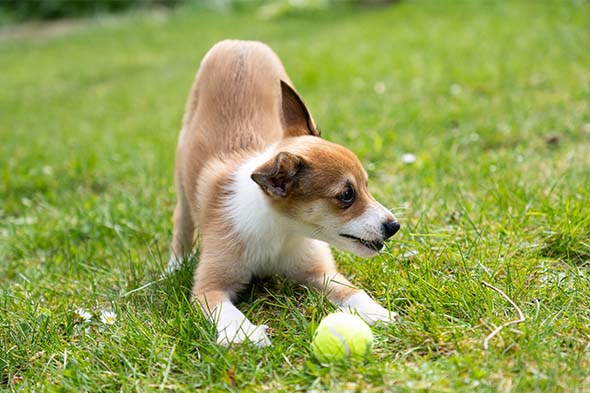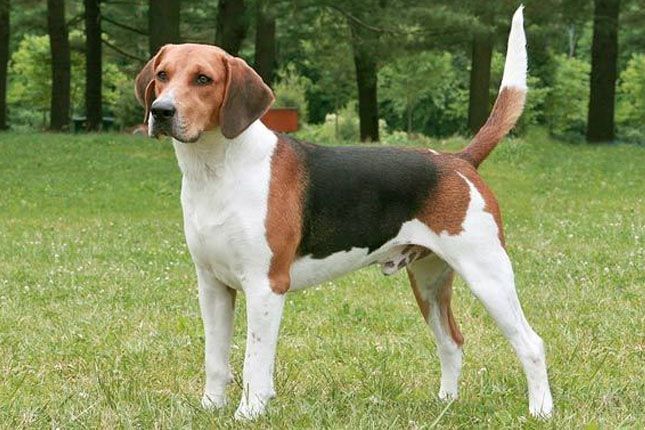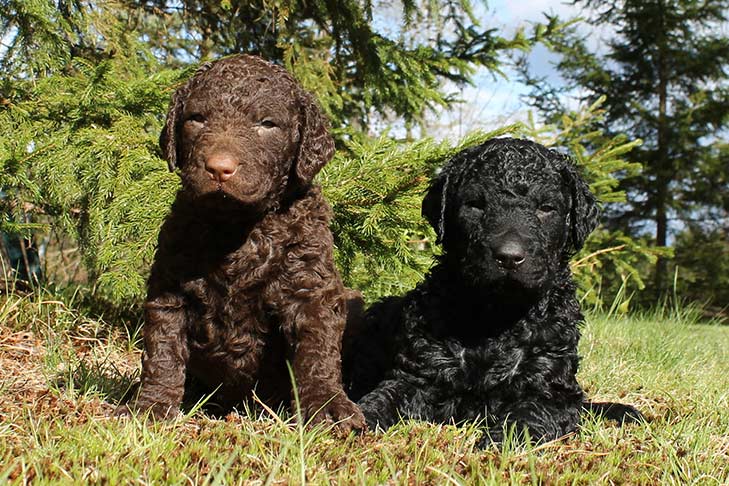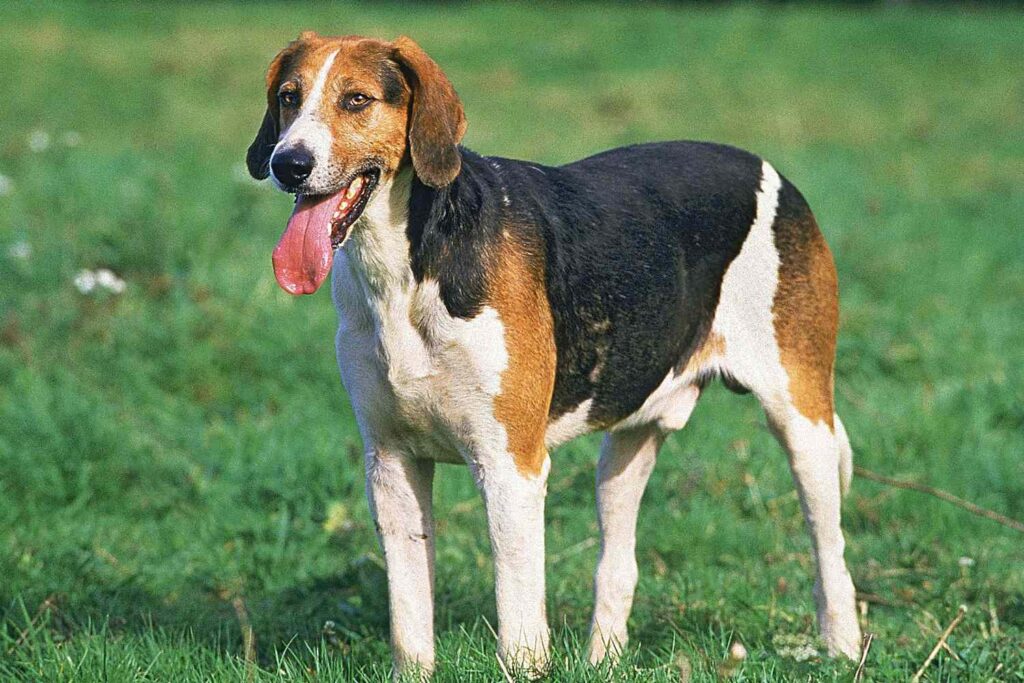Introduction: Dogs have been our faithful companions for thousands of years, playing vital roles in our lives as guardians, hunters, herders, and beloved family members. However, as human society evolves and changes, so too do our needs and preferences when it comes to canine companionship. Unfortunately, this evolution has led to the decline and near-extinction of several once-popular dog breeds. In this blog post, we’ll explore eight dog breeds that are becoming extinct and the efforts being made to preserve their heritage and legacy.
- Otterhound: The Otterhound is a large and noble breed known for its distinctive shaggy coat and keen sense of smell. Originally bred in England for hunting otters, this breed has seen a significant decline in recent decades due to changes in hunting practices and declining otter populations. With only a handful of Otterhounds registered each year, this once-popular breed is now considered critically endangered.

Efforts to preserve the Otterhound breed include breeding programs aimed at increasing genetic diversity and raising awareness about the breed’s unique characteristics and history. Additionally, organizations such as the Otterhound Club of America work tirelessly to promote responsible breeding practices and support the health and well-being of these magnificent dogs.
- Dandie Dinmont Terrier: The Dandie Dinmont Terrier is a small and distinctive breed with a long body, short legs, and distinctive “topknot” of hair on its head. Originally bred in Scotland for hunting vermin, the Dandie Dinmont Terrier has seen a decline in popularity in recent years, leading to a decrease in breeding numbers and a risk of extinction.

Efforts to preserve the Dandie Dinmont Terrier breed include education and outreach campaigns to raise awareness about the breed’s unique characteristics and history. Additionally, breed clubs and rescue organizations work to promote responsible breeding practices and ensure the health and well-being of these charming and affectionate dogs.
- Sussex Spaniel: The Sussex Spaniel is a medium-sized breed known for its distinctive golden liver coat and gentle temperament. Originally bred in England for hunting birds, the Sussex Spaniel has seen a decline in popularity in recent decades, leading to a decrease in breeding numbers and a risk of extinction.

Efforts to preserve the Sussex Spaniel breed include breeding programs aimed at increasing genetic diversity and promoting responsible breeding practices. Additionally, organizations such as the American Sussex Spaniel Club work to raise awareness about the breed’s unique characteristics and history and support the health and well-being of these loyal and affectionate dogs.
- Norwegian Lundehund: The Norwegian Lundehund is a small and agile breed known for its unique physical characteristics, including six toes on each foot and the ability to bend its head backward until it touches its spine. Originally bred in Norway for hunting puffins and other seabirds, the Norwegian Lundehund has seen a decline in popularity in recent years, leading to a decrease in breeding numbers and a risk of extinction.

Efforts to preserve the Norwegian Lundehund breed include breeding programs aimed at increasing genetic diversity and promoting responsible breeding practices. Additionally, organizations such as the Norwegian Lundehund Club of America work to raise awareness about the breed’s unique characteristics and history and support the health and well-being of these charming and intelligent dogs.
- Harrier: The Harrier is a medium-sized breed known for its keen sense of smell and exceptional hunting abilities. Originally bred in England for hunting hares, the Harrier has seen a decline in popularity in recent decades, leading to a decrease in breeding numbers and a risk of extinction.

Efforts to preserve the Harrier breed include education and outreach campaigns to raise awareness about the breed’s unique characteristics and history. Additionally, breed clubs and rescue organizations work to promote responsible breeding practices and ensure the health and well-being of these energetic and affectionate dogs.
- Curly-coated Retriever: The Curly-coated Retriever is a medium to large-sized breed known for its distinctive curly coat and excellent retrieving abilities. Originally bred in England for retrieving game from water, the Curly-coated Retriever has seen a decline in popularity in recent years, leading to a decrease in breeding numbers and a risk of extinction.

Efforts to preserve the Curly-coated Retriever breed include breeding programs aimed at increasing genetic diversity and promoting responsible breeding practices. Additionally, organizations such as the Curly-coated Retriever Club work to raise awareness about the breed’s unique characteristics and history and support the health and well-being of these intelligent and versatile dogs.
- American Foxhound: The American Foxhound is a large and athletic breed known for its keen sense of smell and endurance in the field. Originally bred in the United States for hunting foxes, the American Foxhound has seen a decline in popularity in recent decades, leading to a decrease in breeding numbers and a risk of extinction.

Efforts to preserve the American Foxhound breed include education and outreach campaigns to raise awareness about the breed’s unique characteristics and history. Additionally, breed clubs and rescue organizations work to promote responsible breeding practices and ensure the health and well-being of these loyal and energetic dogs.
- English Foxhound: The English Foxhound is a large and athletic breed known for its keen sense of smell and endurance in the field. Originally bred in England for hunting foxes, the English Foxhound has seen a decline in popularity in recent years, leading to a decrease in breeding numbers and a risk of extinction.

Efforts to preserve the English Foxhound breed include breeding programs aimed at increasing genetic diversity and promoting responsible breeding practices. Additionally, organizations such as the English Foxhound Club work to raise awareness about the breed’s unique characteristics and history and support the health and well-being of these dedicated and hardworking dogs.
Conclusion: As human society evolves and changes, so too do our needs and preferences when it comes to canine companionship. Unfortunately, this evolution has led to the decline and near-extinction of several once-popular dog breeds. However, with concerted efforts from breed enthusiasts, organizations, and rescue groups, there is hope for preserving the legacy and heritage of these magnificent breeds for future generations to enjoy. By raising awareness, promoting responsible breeding practices, and supporting the health and well-being of these endangered breeds, we can ensure that their unique qualities and contributions to our lives are not forgotten.